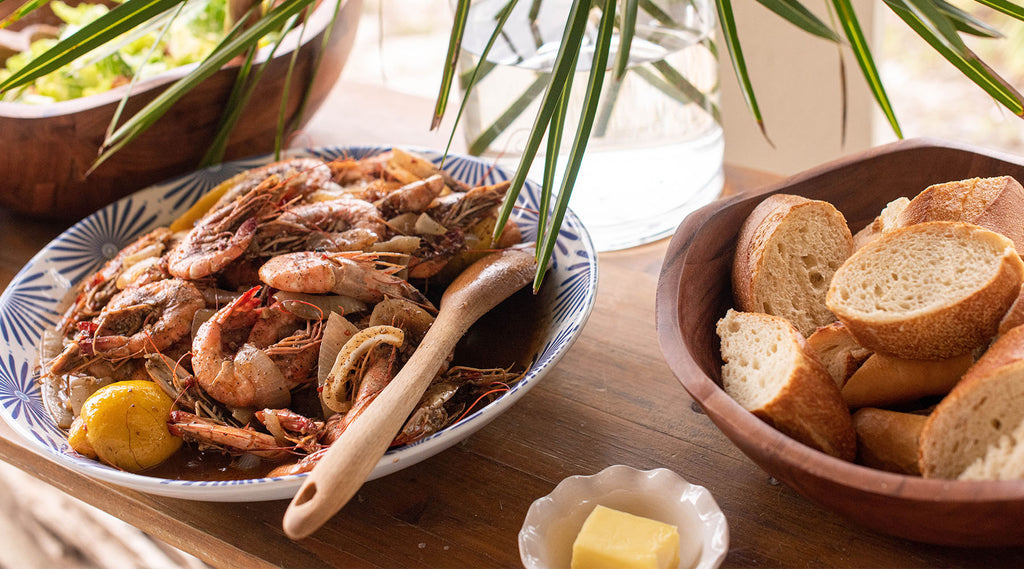So, the other day, I decided to tackle this little project: putting together a “docs seafood menu.” Sounds straightforward, right? Well, it kinda was, but also a bit more involved than I first thought. It wasn’t for a real restaurant or anything, more of a personal challenge, maybe to help out a friend who was thinking of starting a small food pop-up. You know how these things start.

Getting Started – The Brain Dump
First things first, I just grabbed a notebook – old school, I know – and started scribbling down every seafood dish that popped into my head. Shrimp, cod, salmon, clams, mussels… the works. It was a total mess at first, just a jumble of ideas. I wasn’t worried about categories or prices or anything fancy at this stage. Just get it all out. I find that if I try to organize too early, I kinda stifle the creative flow, if you can call listing fish creative!
Bringing Some Order to the Chaos
Once I had a decent list, probably way too long, I knew I needed to organize it. That’s when I moved over to my computer. I fired up a simple text editor – nothing fancy, mind you. I figured I’d break it down into logical sections. You know, like:
- Starters
- Main Courses
- Soups & Salads (though seafood salads are tricky)
- Specials
I used strong tags for the dish names to make them stand out, and then I’d write a short description underneath each one. This was probably the most time-consuming part, trying to make things sound appealing without going over the top. For example, instead of just “Grilled Fish,” I’d try something like “Grilled Market Fish – Freshly caught, grilled to perfection, served with seasonal vegetables and a lemon-butter sauce.” Little details.
The Nitty-Gritty: Descriptions and Details
Crafting those descriptions was an interesting exercise. I tried to think about what I’d want to know if I were looking at a menu. What kind of fish? How is it cooked? What does it come with? I didn’t want to write an essay for each item, just enough to give a clear picture. For some items, especially if they had a few key components, I used a simple unordered list, like:
Seafood Platter (for two)
- Grilled Prawns
- Oysters on the half shell
- Steamed Mussels
- Crispy Calamari
That seemed to work pretty well for items with multiple parts. It keeps it clean and easy to read. I kept going back and forth, tweaking wording, adding items, removing others. Sometimes I’d realize I had too many fried options, or not enough variety in the types of seafood.
Challenges and Realizations
One thing I found challenging was keeping it concise but informative. And making sure there was a good balance. You don’t want a menu that’s 90% shrimp dishes, right? I also had to resist the urge to get too fancy with formatting. The goal was a “docs” menu, something clear and functional. No crazy fonts or colors. Just simple structure.

I spent a good few hours on it, spread over a couple of days. Researching common dishes, thinking about pairings, and just the general layout. It’s funny, you look at a menu in a restaurant and you don’t always appreciate the thought that goes into even a simple one.
Wrapping It Up
In the end, I had a pretty decent document. It wasn’t going to win any design awards, but it was organized, clear, and covered a good range of seafood options. I used some basic `






